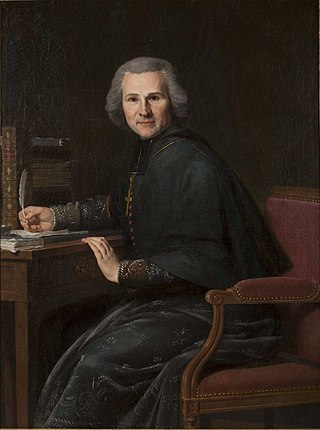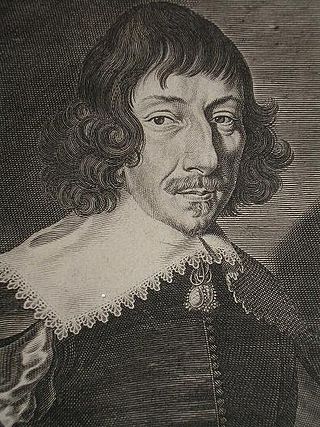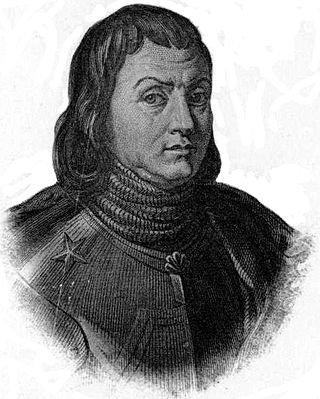Related Research Articles

Guillaume Thomas François Raynal, also known as Abbé Raynal, was a French writer, former Catholic priest, and man of letters during the Age of Enlightenment.

Henri Jean-Baptiste Grégoire, often referred to as the Abbé Grégoire, was a French Catholic priest, constitutional bishop of Blois and a revolutionary leader. He was an ardent slavery abolitionist and supporter of universal suffrage. He was a founding member of the Bureau des longitudes, the Institut de France, and the Conservatoire national des arts et métiers.

Jean-Sifrein Maury was a French cardinal, archbishop of Paris, and former bishop of Montefiascone.
Marie Nicolas Sylvestre Guillon, was a French ecclesiastic, and librarian.

Joseph-Nicolas Delisle was a French astronomer and cartographer. Delisle is mostly known for the Delisle scale, a temperature scale he invented in 1732.

Louis-Sébastien Mercier was a French dramatist and writer, whose 1771 novel L'An 2440 is an example of proto-science fiction.

Charles Sorel, sieur de Souvigny was a French novelist and general writer.

Louis-Guillaume Le Monnier was a French natural scientist and contributor to the Encyclopédie ou Dictionnaire raisonné des sciences, des arts et des métiers.
Thomas of Ireland, also known as Thomas Hibernicus, Thomas Palmeranus, or Thomas Palmerstonus, was an Irish anthologist and indexer.
Michel, chevalier de Cubières was an 18th-century French writer, known under the pen-names of Palmézaux and Dorat-Cubières, taking the latter name as he had Claude Joseph Dorat as his master.

Denis Bérardier (1735–1794) was a French priest and theologian. He was born at Quimper, in Brittany 26 March 1735 and died at Paris 1 May 1794. He was one of the deputies from the Paris clergy to the Estates-General of 1789.

Marie Le Masson Le Golft was a French naturalist.
Victor Goldschmidt was a French philosopher and historian of philosophy.

Charles-Antoine Jombert was a French bookseller and publisher.

Jean II de Rieux Breton Lord of Rieux, Rochefort and Ancenis, initially in the service of Brittany, but also eventually a Marshal of France in the service of King Charles VI. He was the great-grandfather of Jean IV de Rieux.
Guillaume Gazet, Latinized Gulielmus Gazaeus (1554–1612) was a poet and ecclesiastical historian in the Spanish Netherlands. His brother, Antoine Gazet, was a physician and translator.
Guillaume-René Lefébure, baron de Saint-Ildephont was an 18th–19th-century French military, historian, physician, political writer and man of letters.
Laurent Durand was an 18th-century French publisher active in the Age of Enlightenment. His shop was established rue Saint-Jacques under the sign Saint Landry & du griffon.

Marie-Anne Rousselet, also known as Marie-Anne Tardieu, Veuve Tardieu, (1732–1826) was a French engraver and illustrator.
Events from the year 1639 in France
References
- 1 2 Gareth Medway (April 2001). Lure of the Sinister: The Unnatural History of Satanism. NYU Press. p. 328. ISBN 978-0-8147-5645-4.
- ↑ M. l'abbe J. Duvernet (1791). Histoire de la Sorbonne, dans laquelle on voit l'influence de la théologie sur l'ordre social ... (in French). Paris: Chez Buisson, hotel Coetlosquet, rue Hautefeuille . p. 163.
This pretended sorcerer was named Guillaume Edelin; he had obtained the priory of Saint-Germain-en-Laye. He was a reasonable preacher at a time when there were few reasonable preachers. He preached that all that was said of wizards was only tall tales and dangerous fables.
- ↑ Margeret Murray (1 January 2004). The God of the Witches. NuVision Publications, LLC. p. 114. ISBN 978-1-59547-300-4.
- ↑ M. l'abbe J. Duvernet (1791). Histoire de la Sorbonne, dans laquelle on voit l'influence de la théologie sur l'ordre social ... (in French). Chez Buisson. pp. 163–165.
- Man, Myth and Magic: An Illustrated Encyclopedia of the Supernatural. 1970, edited by Richard Cavendish.